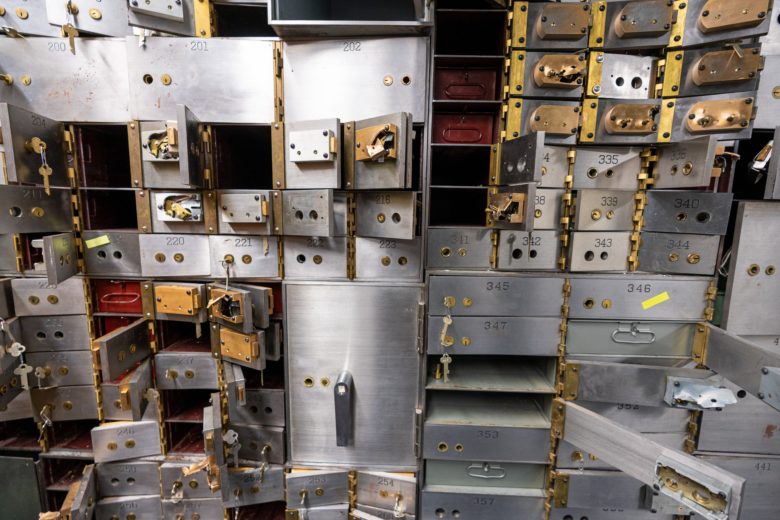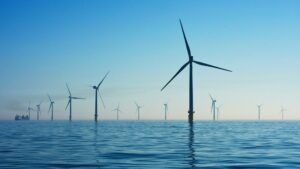Europe is threatened by a deep recession

The economy was just about to accelerate out of the COVID crisis when the next crisis hit. With high inflation rates (7.5% in the eurozone), prices (particularly for energy) are rising dramatically, accelerated by the war in Ukraine. Many households across Europe can no longer cover their fixed costs and are concerned about their financial future.
“Stagflation” (a combination of stagnation and inflation) has already made the rounds as a buzzword – and now more and more people are saying it even more clearly: there is even a risk of a recession in Europe. “For sure, we see a big recession in the making, but that’s exactly what we see — it’s in the making. There is still an overhanging demand because of the Covid crisis we just are about to leave,” Stefan Hartung, CEO of German engineering and tech giant Bosch, told CNBC.
So there is still increasing demand for products and services in some areas – and delayed supply chains (for example Shanghai) ensure that the demand cannot be completely satisfied everywhere. You notice that, for example, when there are long waiting times for e-bikes or electric cars. But in addition to the problems on the supply side, there is already a demand crisis – precisely because consumers cannot or do not want to afford more and more things and are restricting their spending.
Interest rate hike in Europe is coming
“That means for a certain amount of time, this demand will still be there, even while we see the interest increase and we see the pricing increase, but at some point in time, it won’t be just a supply crisis, it will also be a demand crisis, and then for sure, we are in a deep recession,” Hartung continued. In terms of interest rates, the US Federal Reserve has already reacted – the increase in the US key interest rate only sent share and crypto prices on a decent slide on Friday night (Trending Topics reported).
Meanwhile, the European Central Bank (ECB) has hesitated, for various reasons, to also raise the key interest rate in the euro area and thus end the ultra-loose monetary policy of recent years. The reason for this was, among other things, to protect the banks from a so-called inversion of the yield curve. “The banks do their business with maturity transformation: they take money from deposits in the short term and lend it out in the long term. If they had to pay high-interest rates in the short term and get low-interest rates in the long term, then their business model would be dead,” says Fabio Rumler, Lead Economist in the Department of Economic Analysis at the Austrian National Bank.
A prolonged bear market expected
That is why the purchase programs of the ECB (APP, short for Asset Purchase Program) must first be phased out, only then can the interest rate be increased. That is now expected for July or August, but there are no concrete statements from the ECB. If the increase in the euro interest rate had a similar effect as that of the US interest rate, then you could see major turmoil in the markets again. Furthermore, the war in Ukraine rages on, while European states are desperately trying to find substitutes for previously cheap Russian oil and gas.
In a recent interview with “Die Presse“, stock expert Frank Fischer is already talking about a bear market, he would be prepared for turbulence until the middle of next summer 2023. Seems like the European economy would at best stagnate in the event of a gas stop from Russia but would slide into recession in two other, more negative scenarios.
BTC below €35,000: Crypto and stocks crash after US rate hike





























